
We’re up in the Berkshires of western Massachusetts. The floor of Dudek’s studio is covered wall-to-wall with objects. One can ascertain individual sculptures, or perhaps parts of sculptures that might become sculptures one day. I ask if this is how it always is.
Peter Dudek: Yeah, the floor has that horror vacui thing going. What started out as individually organized projects have self-seeded and cross-pollinated into less defined areas that now carpet the space.
But there are periodic voids you can enter. What can I say, it happens. You know, Clement Greenberg claimed that when artists die they need to leave behind a stockpile of at least 100 art works so their career can continue on. I’m in that ballpark, but it’s difficult to keep track of how much is actually here. Let’s just say I maintain an imperfect catalogue raisonné.
What are you now working on?
PD: I’m focusing on these small wooden wall pieces. When I first started exhibiting back in the late twentieth century, I built large scale enterable structures, bleacher/arena type things, made from wooden beams and planks. It took me three years to make my first three pieces. Now I’ve returned to wood, but on a very small scale, I can make one a day. Of course, that will add exponential growth to what you see here. The plus side is that they’re all wall pieces.
Do they have titles?
PD: I’ve been shying away from titles and dates – they seem so arbitrary for individual pieces – but when working on a series I’ll title that. This series is called Notational. I like objects that operate like notes; unfinished, made in relation to other projects, or simply stray thoughts.


Notational
There are some small white geometric forms, the size of heads: Are those 3D-printed?
PD: Yeah, those are tests. I’m working on a series of photo-based objects; but it’s top secret. Don’t take any photos.
Top secret?
PD: Yeah, it’s related to my recent book American Sculpture 1951. I can’t really say anything about it, it’s early phase stuff. I need to figure things out more. The tech side is tricky, it becomes a collaboration of sorts. I ask my tech person questions, she works on her computer, potential solutions come up, I ask more questions. It will be whatever it will be. That’s how I see it. Good thing is I can work on this project from almost anywhere. Hardly needs an actual space. But I’ve already said too much. Let’s move on.

Cover of the republished American Sculpture 1951
How did you end up with a studio in North Adams, Massachusetts?
PD: I’ve had studios in Williamsburg since 1985. By 2009, I had compiled the biggest collection of Peter Dudek sculpture; so much stuff I decided to get a storage space up north. I wanted a large space that would allow me to create “visible storage” – a space big enough to lay everything out, decide what to keep, what to throw away. I found a second-floor space in Pittsfield, Massachusetts. It was about 3,000 square feet and raw. The landlord had demo-ed the space and then realized he didn’t have a tenant so he left it as I found it. No electricity, no lights, no heat, no water and debris piled throughout. But it had wraparound windows and got great sunlight. I offered him $200 per month. He worked me up to $225. I threw out the trash, cleaned the space, painted the floor, and suddenly it was looking really nice.
PD: While cleaning I found one electrical outlet that worked. That changed it from storage space to a work/storage space. And since the rest of the building was heated I figured the second floor wouldn’t get that cold. With the great sunlight I decided to work according to the rising and setting of the sun. It became my Daylight Studio. I made a book about it.


The Daylight Studio
PD: Of course, the problem was that instead of thinning out the largest collection of Peter Dudek sculpture, I made even more stuff. But the space could handle it. I even moved my library there. At one point the landlord thought I was squatting, so he raised the rent to $250. Eventually he found someone to pay market rent and I moved to North Adams. Less space, but it has heat, electricity, running water, and good light.
You still have a studio in Williamsburg, yes?
PD: Yeah, still there. Never really left. Just downsized to less square footage. When I first established a studio in Williamsburg there weren’t that many artists. I had a garage on North 7th Street between Berry and Wythe. The block still had a meat packing business. It also had a dangerous vibe. Cars would get broken into, that sort of thing. I was OK with street crime, it helped keep rents low. However, if I left my studio after 10 PM I always put a metal pipe in my bag. There was an old-school bar around the corner that allowed “patrons” to linger outside and drink beer from Styrofoam cups. I would sometimes walk by during the day and they would call out “Hey faggot.” I didn’t take it personally. I understood it was just their way of saying “Hello, artist person, welcome to the neighborhood.” Despite all that, and yes, the L train did smell like urine-scented tin cans rattling though the tunnel under the East River, still I wondered where were the artists? Didn’t they understand how cheap space was, just one stop from Manhattan!?
The cheap rent lasted a few more years, then BOOM! The nineties killed it. When the 7th Street garage was torn down, I was able to find an almost identical one on North 10th Street, near Bedford. That lasted another ten years. After that I shipped the collection north. Before Williamsburg I had live/work studios on the Bowery and in Times Square. Since my nomadic studio practice has contributed to the gentrification process, I can’t really complain about how all these areas have become more expensive. My philosophy has always been: find cheap space, make work, move on. I think it was Kandinsky who said something like “There’s a place for every artist. It may not be here, it may not be there, but somewhere.” And that’s where I am.
What’s happening in your Williamsburg studio?
PD: It’s a good space for works on paper and books. The 3D dust making stuff happens up north. In Williamsburg I’m working on a several drawing projects: Attention Deficit Drawings, where I start out with a certain intention, and then allow myself to forget what I’m doing (it creates a kind of muddled space that’s interesting to work in), the White-Outs, where I paint over photographs of my sculptures and installations, initially exhibited at Bravin Lee, still doing those. And the Blind Drawings (based on the drawings of Corbusier). In general, my work still engages architecture and constructed spaces even when it’s small or 2D.


White-Outs
PD: Some of my recent themes (Shadows, Nostalgia and Death) will probably end up as books, or perhaps one book. The Shadows started when I went to the Giacometti exhibit at the Guggenheim. I ended up photographing just the shadows of his sculptures and made a zine, Giacometti Noir. I’ve gone on to photographing the shadows of other classic twentieth-century sculptures and have incorporated some of them into my work. Once I got deep into shadows, Nostalgia and Death seemed the obvious next direction.


Sculptures with shadows
Why the twentieth century?
PD: It’s interesting to look back into the history of modernism, what was deemed important during the first half of that century – what wasn’t and what’s still vital. That was at the heart of my Sculpture 1951 book and zine. It was based on an exhibition and catalog of the same name at the Metropolitan Museum. A lot of the sculptures were representational, which is not really how we remember that period, but the curator claimed that painting was more likely to be abstract than sculpture. I scanned the catalog, reworked the images in Photoshop, and republished it. The cover looks like an aged copy of the original. The inside tells a different story.


Pages from the republished American Sculpture 1951
PD: Of course, the art market also warps our take on history. A recent auction had a large museum quality Morris Louis painting going for a fraction of a much smaller Basquiat. What is one to think about that? Of course, I’m not really concerned about attributed values. How one can look anew at the history of form-making is where I’m going with the shadows. Can something be found in them?
So, in the shadows, and the search for new understandings or possibilities, came a sense of nostalgia.
PD: Yes. There’s a tinge of melancholy, a yearning, in looking back. My favorite exhibitions are those that combine famous art works with the lesser known. What had it right at the right moment, alongside what just missed the mark. Similar yet so different. But the misses are sometimes a great find.
And death?
PD: I’ve been thinking a lot about the past. Art wise, where I lived, what I made, people I knew, etc.
I moved to New York in the 1970s to do undergrad at the School of Visual Arts. My father was quite ill that year and it was impossible to not have death as part of what I was making. He died on the last day of my first semester; I don’t think I could have finished that semester had he passed away any earlier.
It was the first time I had taken a sculpture class and Louise Bourgeois was my instructor. She picked up on the death thing right away. She was always psychologically present. Her comments about my work were always interesting to parse, especially when considering aspects of presence and absence. Even when her comments didn’t align with what I was thinking, she made me think they did. Ha! Sometimes her comments would melt students, and fellow artists, in their tracks. It was very educational to see, and scary. When I first met her she always emphasized the erotic in her work, the sexual. She told me a story about her and Duchamp walking down the street. They came upon some ants copulating on the sidewalk and Louise said to Duchamp “Whenever I see this I want to step on them.” Duchamp responded, “How unnecessary.” Kind of sums up the both of them.
When she later mentioned her studies in mathematics, it shifted my take on her work. I didn’t feel she so much influenced my work, rather I experienced her intuitive understanding of what I was doing as a form of support. I was grateful to have it. She was often fun to work with, but at times I felt like I was inside one of her giant spider sculptures. She the spider, hovering over me as I worked. For my protection? Or was she waiting for the kill. There was always that tension. I recall speaking with Rob Storr back then and the word “psychodrama” popped out of his mouth. After graduation. I would visit her and discuss what I was working on. In any event, I’ve circled back to thinking about presence and absence again.
Back to what’s in this studio. As I look around it’s hard to tell what’s finished.
PD: Rarely anything is. I like to keep things in play, come back to them, break off a piece, start something new with it, etc. I think a lot about Rodin and Brancusi in that respect, especially their studios. When you see photos of Brancusi’s studio, everything seems to be active, in a state of play. That’s the way I like to keep it. There’s a piece by Brancusi in the Philly Museum that is a vertical stack of forms, but that same piece in in his studio had a slightly different combination. I like that he kept shifting things around.
When something is sold obviously you’re done with it. It’s over. Unless there’s a problem like Barnett Newman had. Supposedly he didn’t like to sign his paintings. One time he sold a painting and when he went to see it hanging in the owner’s apartment, it was hung upside down. The owner liked it that way and refused to change it. Newman left, later snuck back in, flipped it right side up and signed it at the “bottom.”
Ha! What’s happening in these photo/collages? You have images of Maya Duren and Lee Miller amidst modern architectural interiors. How’d that come about?
PD: They’re part of my Avatar series – dye sublimation prints on metal. I collect a lot of architectural books and imagery. At some point, I started scanning and manipulating images in Photoshop. The first results were prints of buildings that displayed human emotions, like jealousy or envy. Sentient structures that actively competed with each other for public attention and historical relevance.

House Dreaming Domino
PD: House Dreaming Domino is part of that series. Later I decided to not manipulate the images but to re-present them in combination with Maya or Lee as avatars.
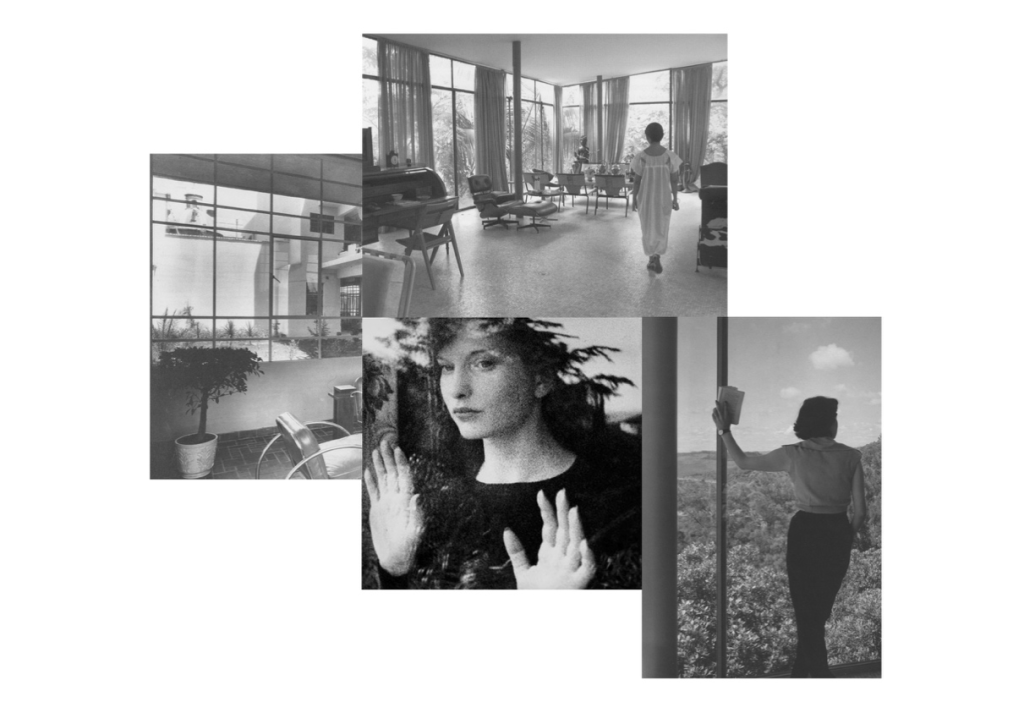

PD: In a sense they’re watchers, ethereal and silent, suspended in time. Much the same as the images of architecture I’ve chosen. I will make some of these pieces much larger, mural-size.
Seeing the work, the library, the archive, all in one place, I can imagine that once you’re here it’s hard to get away. Do you ever stay overnight in your studio?
PD: Ha! Not overnight. A nap now and then is good, but I like to maintain a life/work separation. Guston’s paintings suggest an artist who likes to keep an eye on his paintings while in bed. The studio as a place for painting, sleeping, eating, reading, smoking, resting; it all happens there. At 3 AM he might wake and have another go at it, or smoke a cigarette and just think about things. And maybe it happened like that for him. But I like to get away.
The End.
About the artist: Peter Dudek is based in Williamsburg and North Adams, MA. He teaches at Hunter College and the School of Visual Arts.

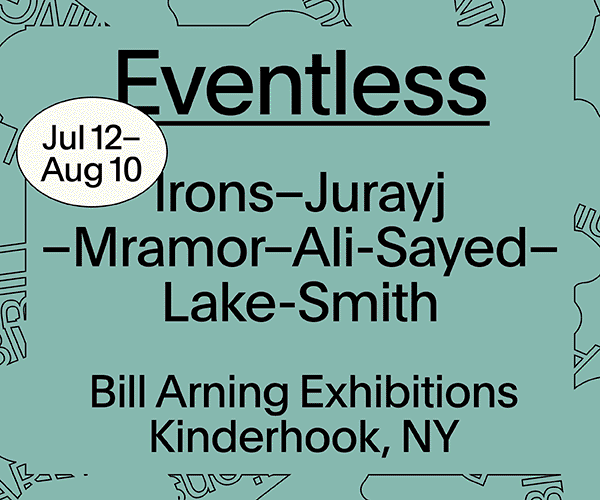
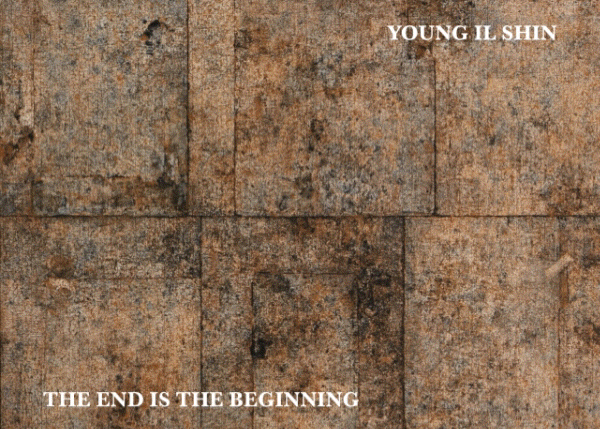
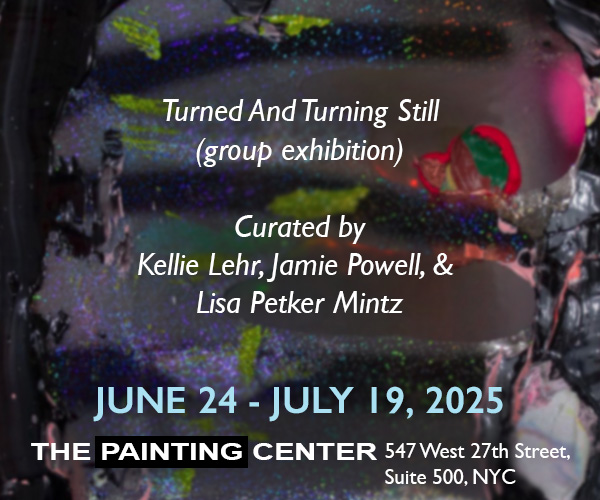
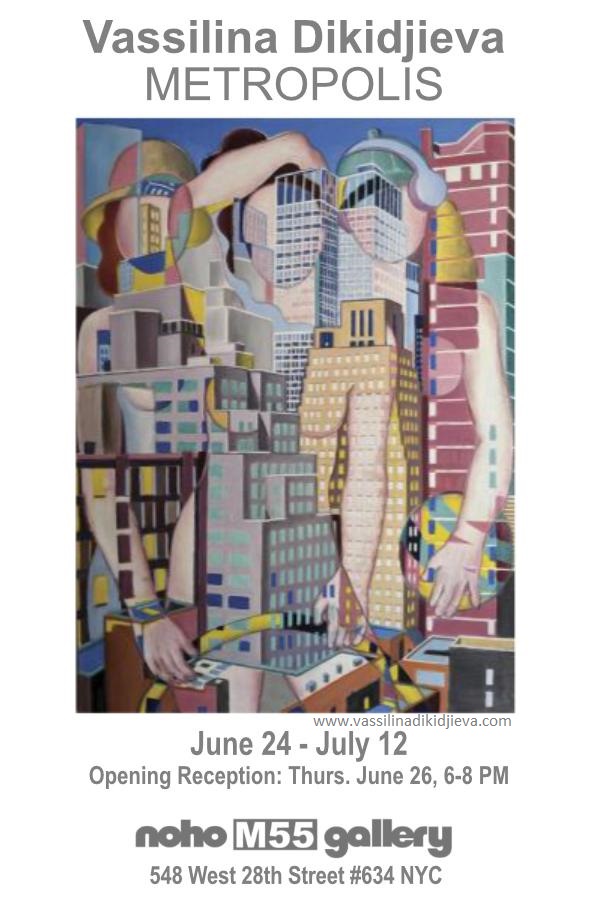
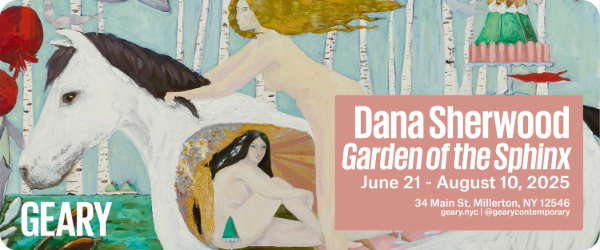










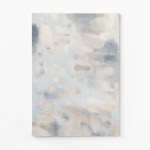
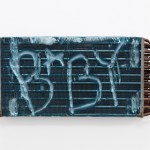
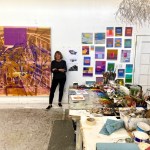
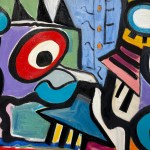
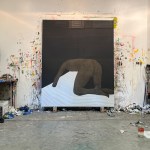
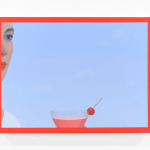
Gotta love it. Dudek is the Ross Macdonald and the Lew Archer of the greater New York art world. As both chronicler and participant, he makes it feel like post-war LA–an improvisational expanse that goes on forever, unsettled and wearying and mordantly compelling.
I’ve seen at least five of Peter’s studios and many of his exhibitions. Cross-pollination is endemic to his practice. He uses floor space like a city planner. His plan grows and reseeds the next project from there.